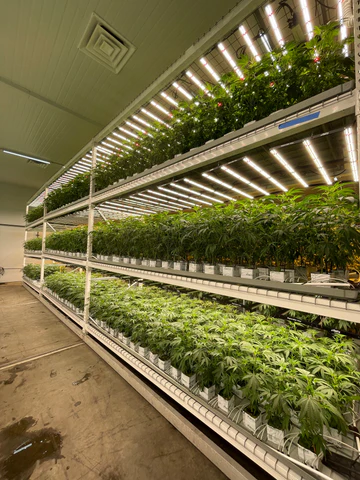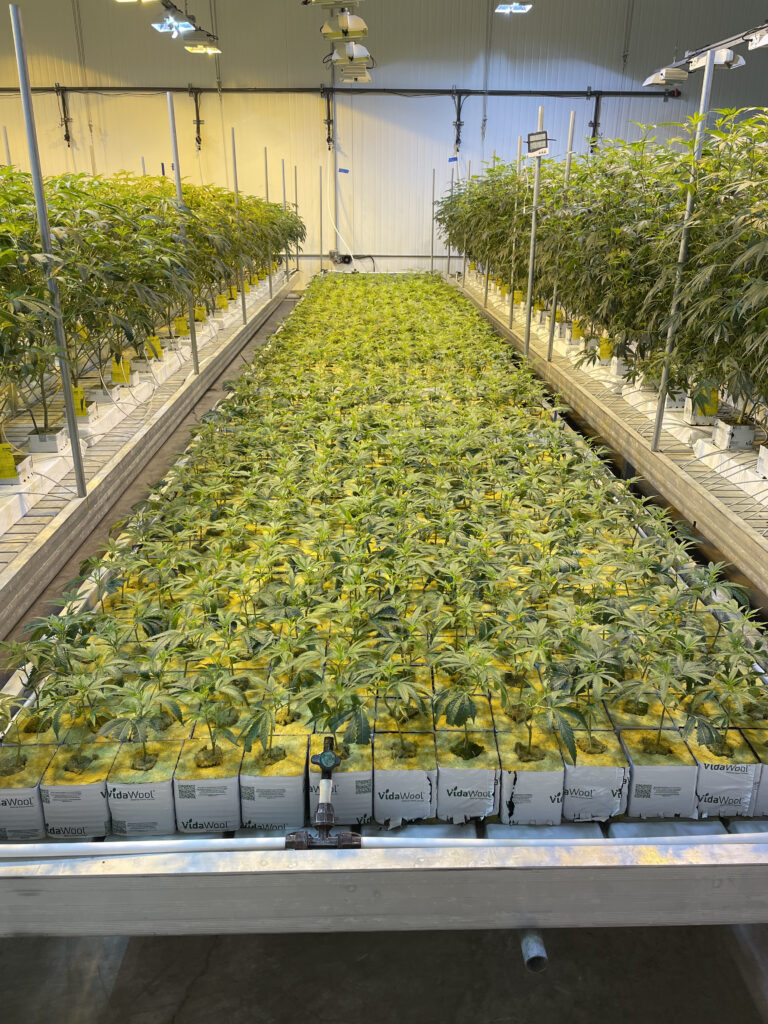Keeping your mother plants in peak condition is the foundation of producing strong, vigorous clones. If your mothers are stressed, pest-ridden, or underfed, the genetics you cut from them will carry those weaknesses forward. In this guide, we’ll cover the best practices for maintaining mother plants, the tools and brands you can rely on, and why sourcing clean genetics from Clone2U sets you up for success.
Why Healthy Mothers = Healthy Clones
Mother plants are the genetic backbone of your garden. A thriving mother plant ensures:
- Faster rooting and stronger clone survival rates
- Consistent growth patterns and yield across cycles
- Lower susceptibility to pests and pathogens
- Preservation of desirable traits like terpene profile and potency
By prioritizing mother plant health, you maximize both productivity and profitability.

Best Practices for Maintaining Mother Plants
1.
Choose the Right Environment
- Lighting: Use full-spectrum LED grow lights (brands like Gavita or Growers Choice are highly reliable). Aim for 18 hours of light to keep mothers in vegetative growth.
- Temperature & Humidity: Maintain 75-80°F with 60-70% relative humidity.
- Airflow: Strong oscillating fans (e.g., Hurricane brand) prevent microclimates that foster mold or pests.
2.
Nutrient Management
- Feed with a balanced vegetative nutrient formula. Top choices include:
- General Hydroponics Flora Series for flexibility.
- Athena Pro Line for clean, consistent results.
- General Hydroponics Flora Series for flexibility.
- Supplement with Cal-Mag to avoid deficiencies in fast-growing mothers.
- Avoid overfeeding—excess nitrogen leads to weak clones with spindly growth.
3.
Pest & Pathogen Prevention
- Adopt strict Integrated Pest Management (IPM).
- Use sterilized tools between cuts (wipe with 20% Bleach).
- Apply biological controls like Beneficial Nematodes or products such as Lost Coast Plant Therapy for preventative pest control. We like to incorporate BioSafe product lineup.
- Regularly test for Hop Latent Viroid (HLVd) and other pathogens like Fusarium or Pythium to ensure genetic integrity. Contact us for test kits!
4.
Pruning & Training
- Regularly top and prune to maintain a bushy structure and maximize clone sites. Use 20% Bleach to sterilize sheers between mothers whenever topping or cutting.
- Remove weak or shaded growth that produces poor-quality cuts.
- Train branches outward to increase airflow and light penetration.
5.
Rotation & Rejuvenation
- Don’t keep mother plants indefinitely. After 9–12 months, genetic drift and pathogen load can accumulate. We usually rotate moms out after 2 or 3 months of production.
- Replace older mothers with healthy clones from your lab tested clean stock. This practice keeps your genetics fresh and reliable.

Reliable Brands & Tools to Support Success
- Lighting: Gavita, Growers Choice,
- Nutrients: General Hydroponics, Athena, Advanced Nutrients
- IPM & Hygiene: Biosafe Products, Lost Coast Plant Therapy, Bleach 20%, Physan 20, 70% isopropyl alcohol, and more!
- Environmental Control: AC Infinity / Trolmaster controllers and fans
These brands are widely used in commercial nurseries and trusted by professionals for consistency and quality.
Why Source Genetics from Clone2U?
At Clone2U, we provide clean, tested, and vigorous genetics ready for your mother stock. By starting with pathogen-screened clones, you reduce the risk of introducing systemic problems into your facility. Our focus on quality genetics, sterility, and customer education ensures you always have a strong foundation to build from.
👉 Call to Action: Ready to start with clean genetics? Visit www.clone2u.com to browse our live inventory and upgrade your garden today.
FAQs About Keeping Mother Plants Healthy
Q1: How often should I prune my mother plants?
A1: Light pruning can be done weekly to shape the plant and encourage new clone sites. Heavy pruning should be limited to every 4–6 weeks to avoid stressing the plant.
Q2: Can I keep a mother plant for years?
A2: While technically possible, it’s not ideal. Pathogen load and genetic drift increase over time. Most growers replace mothers quarterly for maximum vigor.
Q3: What’s the best medium for mother plants?
A3: Both coco coir and soil mixes work well. Coco offers more control over feeding, while soil provides natural buffering. Hydroponic systems can also maintain vigorous mothers with proper management.
Q4: How do I know if my mother plant is stressed?
A4: Signs of stress include yellowing leaves, slow new growth, weak stems, and susceptibility to pests. Address environmental or nutrient imbalances immediately.
Q5: Why do some clones fail to root even if the mother looks healthy?
A5: Stress, nutrient imbalances, or cutting at the wrong growth stage can reduce rooting success. Always take cuttings from vigorous, actively growing tips and use sterilized tools.
Strong mother plants are the secret to a thriving garden. By focusing on environment, nutrition, pruning, and pathogen prevention, you’ll set yourself up for consistent, profitable harvests. Combine these practices with reliable genetics from Clone2U, and you’ll always be ahead of the curve.